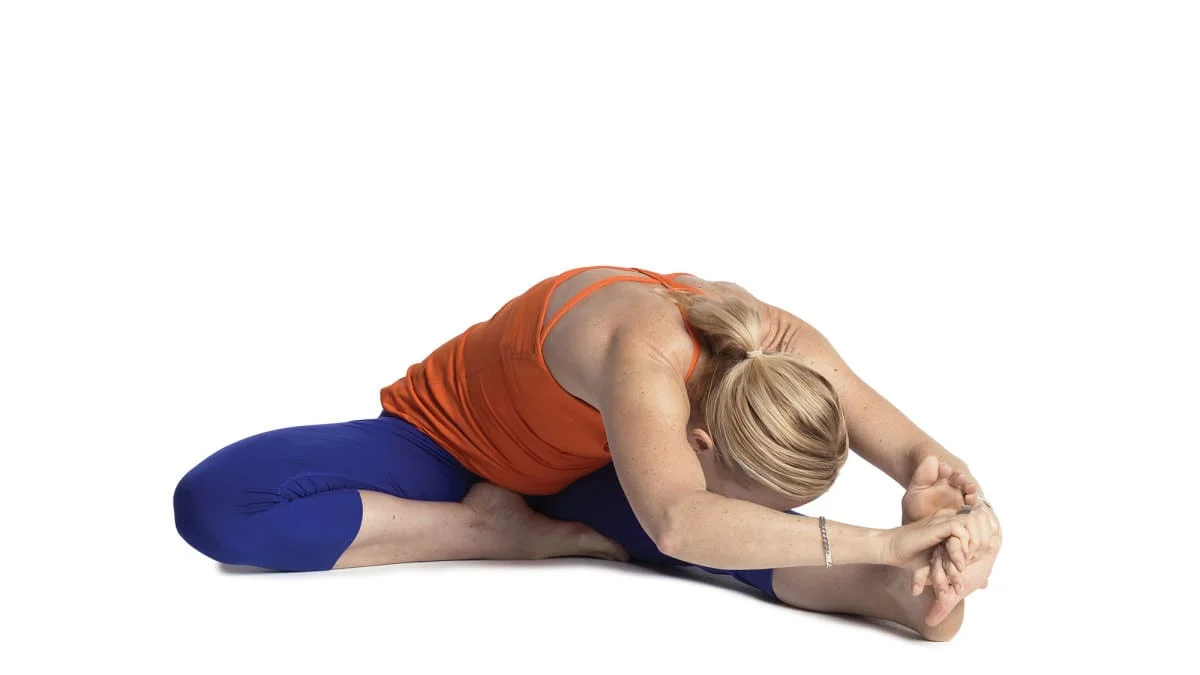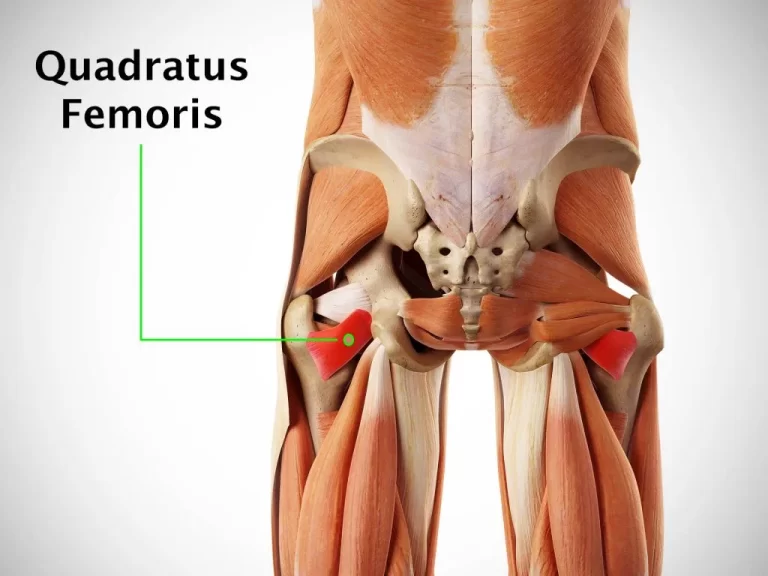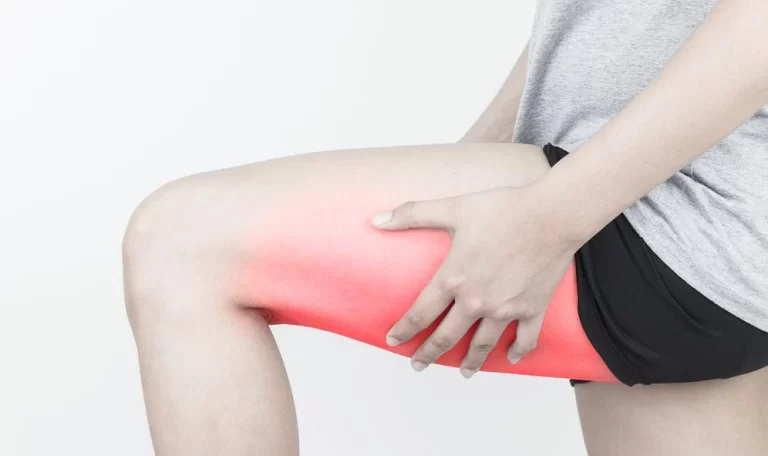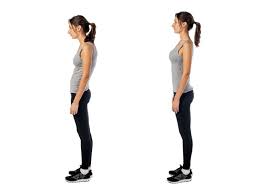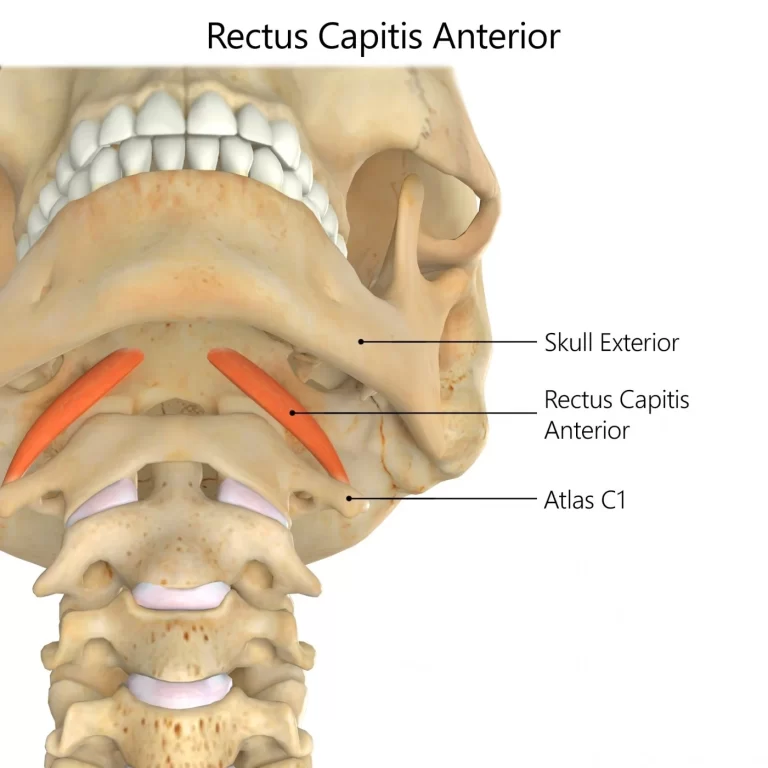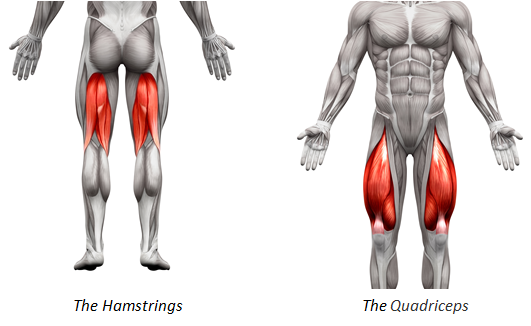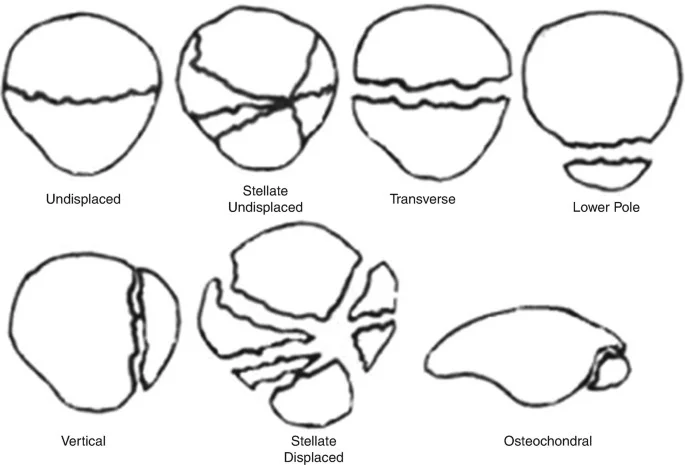Janu Sirsasana (Head-to-Knee Pose)
What is Janu Sirsasana (Head-to-Knee Pose)?
How to do JanuSirsasana (Step-by-Step)?
Janu Sirsasana Pose Video
Benefits of janu Sirsasana (Head-to-Knee Pose)
- Can cure sinusitis.
- Enhances digestion.
- Helps to bring rid of abdomen fat.
- Stimulates the kidneys and liver.
- Effectively strengthens rib bones.
- Relieves symptoms of menopause.
- Relieves aches in the waist and legs.
- The pose also creates the spine flexible.
- It relaxes the mind and eliminates mild depression.
- The asana is healing for insomnia and high blood pressure.
- It prolongs the spine, spleen, hamstrings, groins, and shoulders.
Modifications and Props
To relieve the problem of turning forward in janu Sirsasana, you can utilize the ensuing props;
Blanket – Seat a folded blanket under the hips while conducting the asana. It prevents the rounding of the lower back while turning forward and reduces the forward tilt of the pelvis.
Yoga strap – Cover a yoga belt around the balls of the stretched foot, and maintain on to it while turning forward. It boosts the stretch in the hamstring muscles while prolonging the spine.
Cushion – Seat a cushioned blanket under the bent leg. It will superficially touch the knees on the ground floor and supports the knee and ankle.
Variations
If your hands reach beyond your foot, grab the right wrist with your left hand and bind it around the left foot.
Deepen this posture by broadening the angle between the two legs. This happens by getting the bent knee further back.
You may notice a similar-looking posture in a Yin yoga class. Yin yoga is called Half-Butterfly. The difference is that in Yin yoga the researcher comforts into the pose rather than utilizing muscular effort to bring into a forward turn. So the back is more rounded and soft and the legs are relaxed. Yin yoga training holds The pose for between three and five minutes.
Contraindications of Janu Sirsasana
Asthma
Diarrhea
Knee injury
Lower back injury
Lumbar disc herniation
Conclusion
Janushirshasana (head-to-knee pose), is a forward-bending pose yoga. It has several advantages, such as stretching and strengthening the spine and abdomen muscles. You may even rehearse this pose for handling diabetes, irritable bowel syndrome, and gastritis. Regardless, if you feel any abdomen and backache while conducting janu Shirshasana, please consult a physician.
FAQ
1. What is the meaning of Janushirasana?
Janu Sirsasana is a sequence of asymmetrical seated forward turns. From Sanskrit, janu means “knee,” Sirsa means “head” and asana means “pose.” The posture intends to fold the body so that the head moves closer to the knee.
2. What are the benefits of Janu Sirsasana?
Janu Shirshasana, or head-to-knee pose, is a forward-twisting yoga pose. It has more benefits, such as lengthening and strengthening the spine and abdomen muscles. You may even practice this pose for handling diabetes, irritable bowel syndrome, and gastritis.
3. What muscles are used in Janu Sirsasana?
Head-to-Knee Pose or Janu Sirsasana prolongs the hamstrings, hips, and groin muscles. Explorers and those who engage in sports that require running will often benefit from this better stretch for tight hamstrings.
4. What are the variations of Janu Sirsasana?
Rotate your chest toward the bent knee, fingertips on the ground floor, your right hand in front among your legs, and your left hand behind your left buttock. On an inhalation, press your fingertips into the ground floor and lift the bottom of your abdomen and the sides of your waist. Exhaling, twist left.
5. What are the limitations of Janu Sirsasana?
A person with Asthma should not practice Janu Sirsasana. Don’t execute this pose if you are suffering from Diarrhea. Avoid straining an injured knee by flexing it whole to perform Janu Sirsasana. Don’t practice it if you have a lower back injury or lumbar disc herniation.

